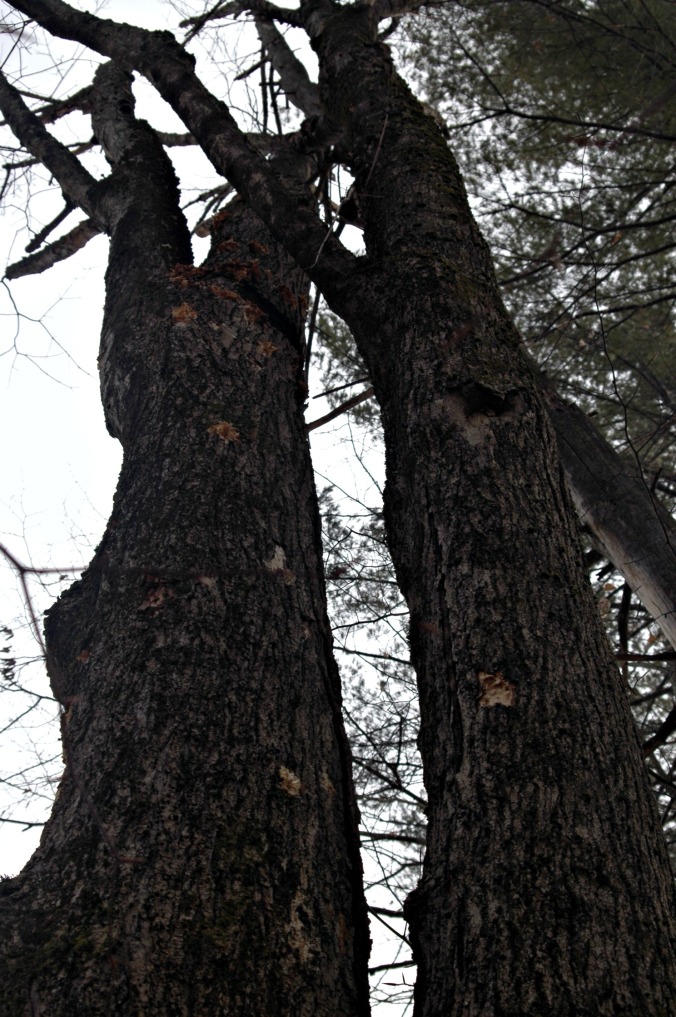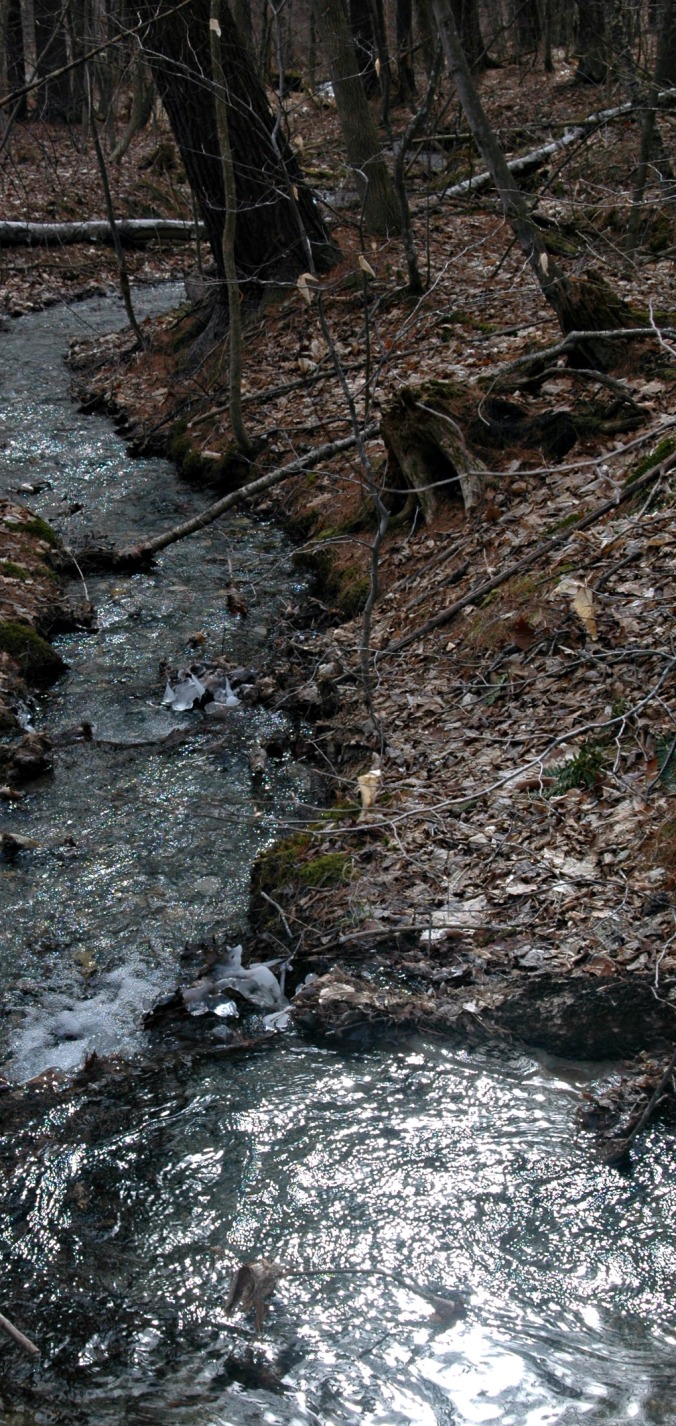The woods are lovely, dark and deep—Robert Frost
Mt. Equinox looms over the Vermont Valley at 3,816 feet, the highest point of the Taconic Range, a finger of the Appalachians, and the oldest mountains in the country: Mother Myrick Mountain lies to its north, and Red Mountain to the South, the place we call home. Everywhere are streams carrying snow melt from the higher elevations, dumping it into the nearby Battenkill River, thence to the Hudson River after twisting across Vermont’s state line a short distance from here, into New York. Like it does elsewhere in the state, the topography in Vermont’s southwestern corner delivers breathtaking vistas—not only from its higher reaches, but also down below, where meandering valleys sit at the bottom of vast, chiseled bowls.
There is not so much as a patch of snow in these parts, save in the highest elevations. This winter’s snowfall has been rare and fleeting, standing in blatant contrast to last winter’s fury. The mountains look for all the world like somebody’s just shaved their nobs, leaving them to shiver ’til spring finds its way here, soon. There is a beauty to the landscape in spite of its nakedness, and maybe because of it; for the time being nature is betraying her fabulous secrets, as if the curtain that concealed them were being held back so we could take an indulgent peek.
It is an ephemeral chance to observe what spring and summer foliage will obscure in a few short weeks, and with no shortage of wonderment: a pair of pileated woodpeckers have hewn three large holes in a mainly-dead tree standing right at the edge of the road that leads off our mountain, the telltale pile of detritus below it evidence of the best kind of neighborhood construction project. A colossal pine forest nearby reveals its timeworn past in the magnificent trophies that long ago succumbed to the elements, giving the discoverer pause to surmise a course of events. Hand-sized sections of pine bark evoke intricate tortoise shell patterns; the underbellies of felled trees betray evidence of entire ecosystems writ small that once inhabited them (and maybe helped hasten their demise). Ancient moss is iridescent against the wheat-grey hues in the woods, a resplendent cape lain on the shoulders of a massive tree trunk. Even the frigid streams have secrets to reveal: hardy brookies cavort in unimaginably cold water; an ice formation shows sharp teeth as if poised to snap its jaws shut against the bones of its prey; and just upstream a face leers eerily at passersby from below.
I invite you to see and hear Vermont woods in winter; sound byte at the bottom.






















Oh, Deb, how wonderful! Thank you for sharing your Vermont! I am going to visit my best friend in North Carolina next month and can’t wait to get back to those breathtaking mountains. I am a huge fan of Mother Nsture! ☺️ Please do the same and share Spring when it arrives!
Take care,
Syl
Syl, that is an excellent idea: same walk, different seasons!~D
Loved this post
That was relaxing. Thank you for sharing your hike with us.
And thanks for stopping by!~D
Beautiful words and photos, Deb!